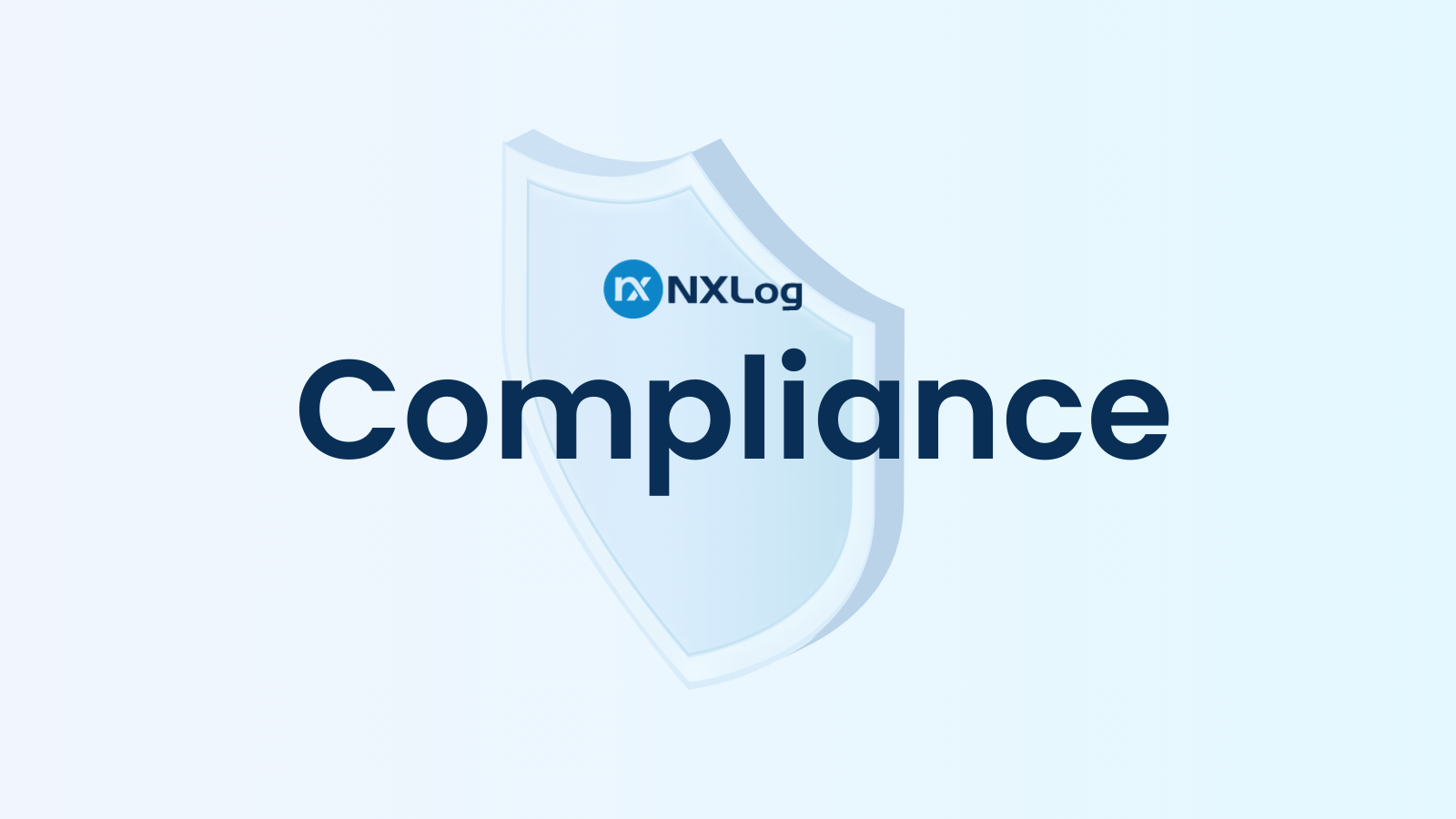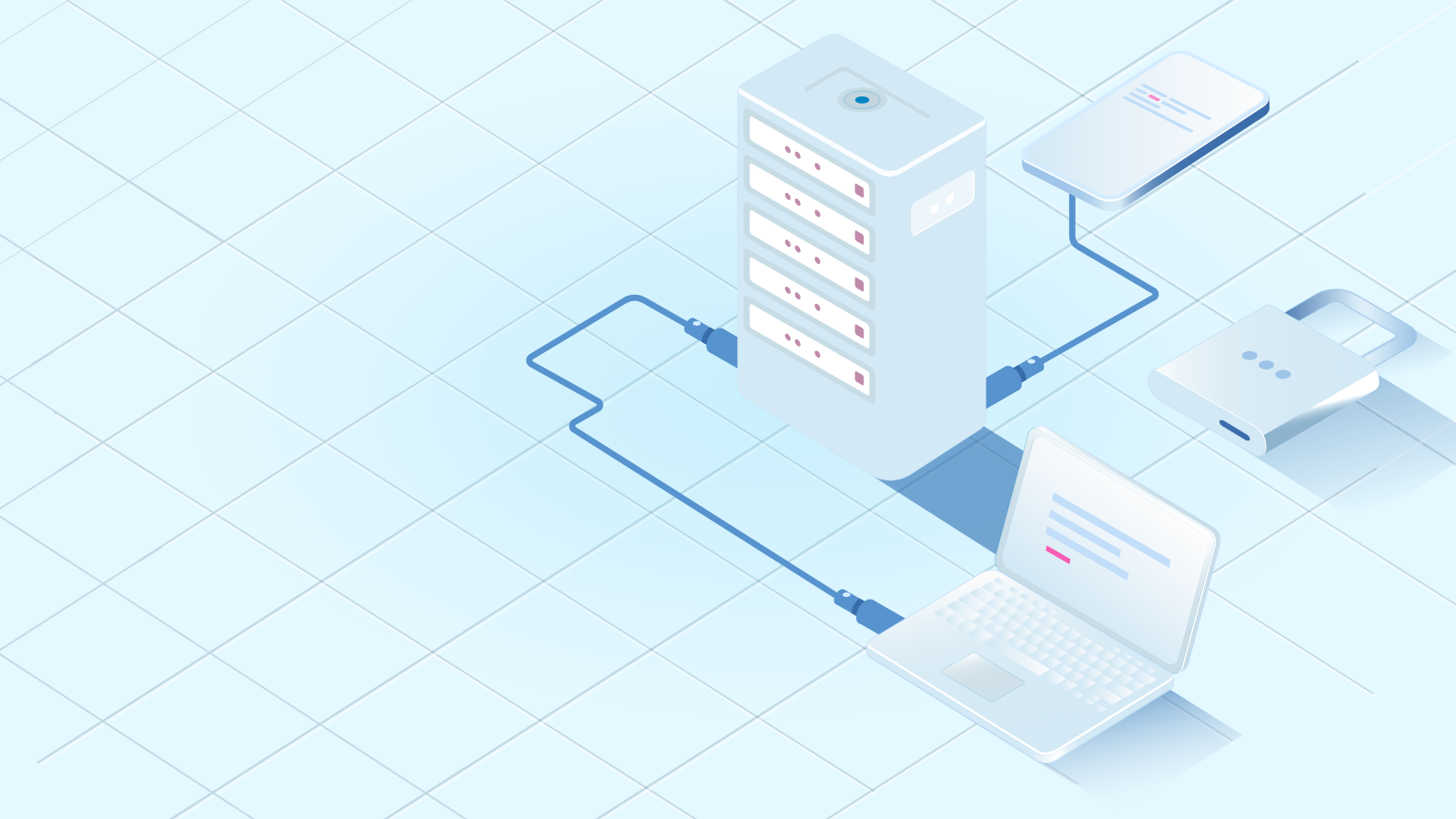SOX | Regulations
The Sarbanes-Oxley (SOX) Act and security observability
SOX - an overview Serious financial fraud was never considered a real risk while investing in U.S.-listed stocks until 2001, when energy giant Enron Corporation, which held $63.4 billion in assets, collapsed. It was revealed that the company had been misleading investors for years and the company’s stock price quickly plummeted from $90 to less than $1 per share. It was the largest bankruptcy in US history, followed by a $40 billion lawsuit and imprisonment for the corporation’s executives.
regulations | HIPAA | USA
HIPAA logging requirements and how to ensure compliance
The U.S. Health Insurance Portability and Accountability Act (HIPAA) was introduced in 1996 to protect the privacy and security of health information. HIPAA’s Privacy, Security, and Breach Notification rules require healthcare providers and their partners to protect electronic protected health information (ePHI) through robust access controls, breach reporting, and documentation practices.
A critical part of this compliance effort involves maintaining detailed audit logs that track who accessed, modified, or disclosed PHI, and retaining HIPAA logs for at least six years.



